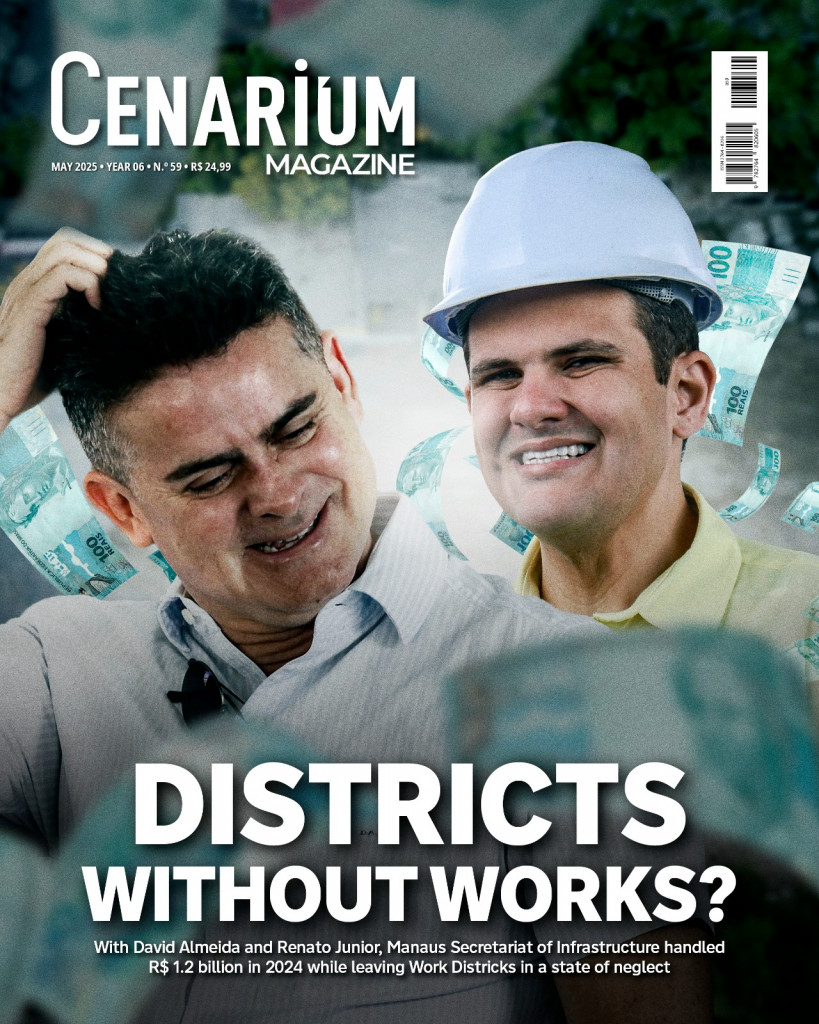EDITORIAL – The infrastructure crisis in Manaus, a project
02 de June de 2025

By Paula Litaiff – From Cenarium
As the reporter travels through the neighborhoods of Manaus, amidst open craters, abandoned vehicles, and the persistent stench of open sewage, they find not only signs of neglect but also witness the failure of a public policy that has lost its social function. The new special edition of CENARIUM exposes, with official data and shocking images, the abyss between the billions of reais handled by the Municipal Secretariat of Infrastructure (Seminf) and the reality of the city’s Work Districts.
According to anthropologist and writer Darcy Ribeiro, Brazil has not failed. From the beginning, it was a successful project—but a success from the point of view of the elites, who have always worked against the people and in favor of themselves. The urban infrastructure crisis in Manaus, even after more than R$1.2 billion (approximately $230 million) was allocated in 2024, highlights the triumph of this perverse project, in which the abandonment of essential services in peripheral neighborhoods is not a flaw but a deliberate political choice. A policy that paves the streets of the upscale Ponta Negra neighborhood while mud floods the home of retiree Teresinha in Praça 14.
The municipal administration’s neglect of the Work Districts cannot be dissociated from the clientelist logic that Darcy Ribeiro denounced in his critique of power structures. The State, he said, “was made not to work” for the poor—and this becomes glaringly clear in the North Zone of Manaus, where districts like Cidade de Deus and Cidade Nova are literally swallowed by vegetation and rusting, unusable machinery, even as million-dollar contracts continue with large construction companies.
The promise of reforming the city’s 18 Work Districts, with no set timeline, has become a symbolic image of neglect. A promise as fragile as the walls of the Morro da Liberdade district office, held up by wooden stakes and makeshift fencing made from Seminf’s own signs. Meanwhile, the Manaus City Hall piles up billion-real loans. As Darcy keenly observed, “the education crisis in Brazil is not a crisis; it is a project.”
The people of Manaus, however, are not passive. They are a people who speak out, who record videos, who cry at the doors of public offices, who survive the mud and the neglect. It is the role of the press, as CENARIUM has embraced, to be a bridge, a voice of protest, and a preserver of memory. Because, as Darcy Ribeiro once said, “there are only two options in life: to resign or to be indignant. And I will never resign.”
The subject was the cover story and special news item in the new edition of CENARIUM MAGAZINE.


